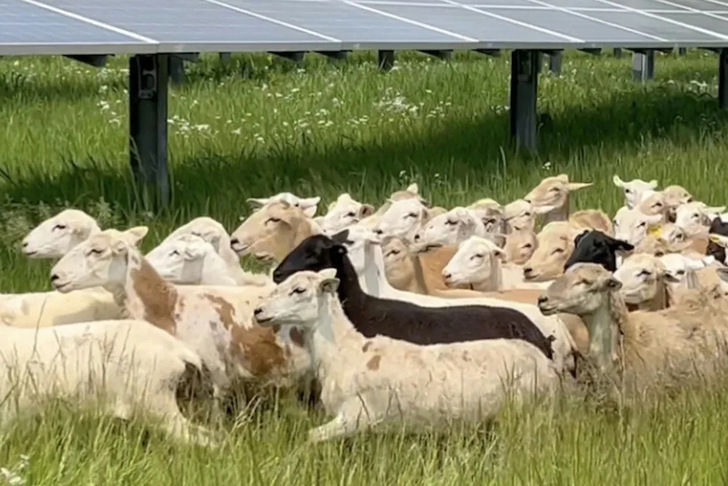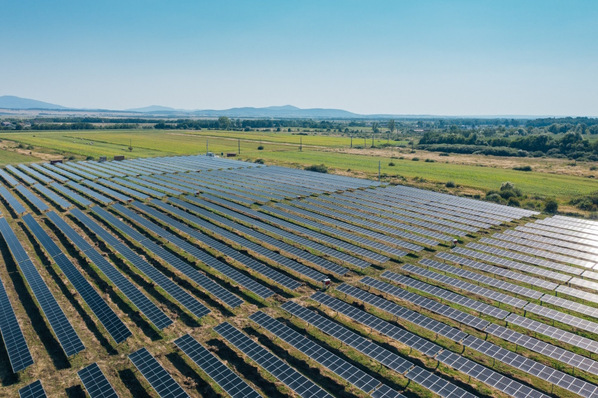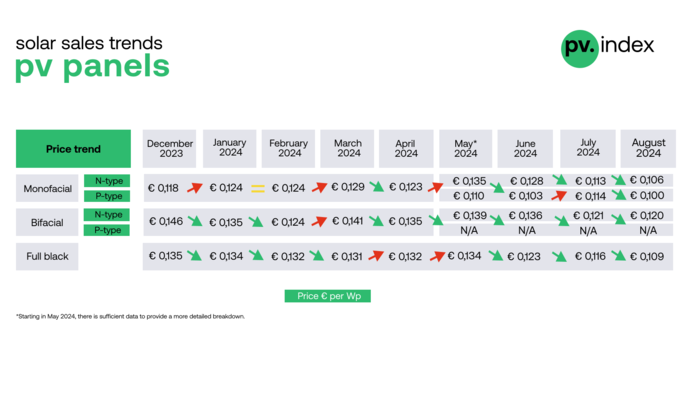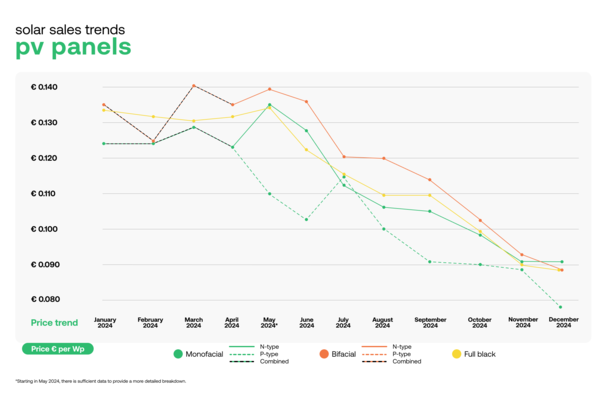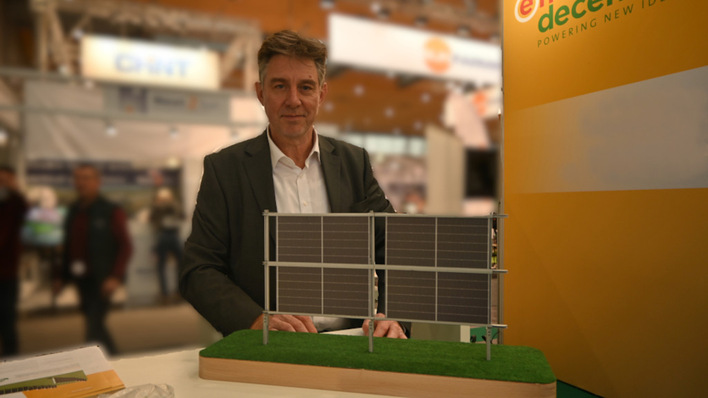Scottish farmers and crofters have joined forces with Sens UK to help Scotland hit its climate goals – while providing a valuable new income stream for working farms.
Crucially, the new ‘affinity’ deal between the National Farmers Union Scotland (NFUS) and Sens UK aims to ensure that only a marginal amount of productive farmland is used for solar installations, by working closely to identify suitable sites.
Under the deal: NFUS will use its detailed knowledge and relationships with members to identify sites that are suitable for Photovoltaic (PV) technology and battery projects. Sens will develop the sites and own them for the long-term.
The landowners will then receive an indexed, competitive market rent for the land for up to 40 years. NFUS, which represents more than 9,000 farming and crofting businesses, has a significant number of Affinity Partners offering key services and discounts to NFUS members, ranging from fuel providers to equipment suppliers.
Promising partnership
Now the two organisations will begin working together to identify potential farm locations and develop them into viable PV and battery sites – generating and storing sustainable energy and providing income for the farming community.
“We are delighted to have signed an Affinity agreement with NFUS”, says James Bracegirdle, Managing Director of Sens in the UK. “Although it’s clear that our projects will help Scotland advance its Net Zero goals, we also hope that our involvement and our financial capability will give Scottish farmers a solid alternative option to generate long-term, stable income”, adds Bracegirdle.
Good areas
Suitable sites for development would be a minimum of 80 acres, where any development would have a minimal visual impact and have low flood risk.
Sites cannot be too rocky or steep, with most of the land Grade 3 or lower under the Government’s Agricultural Land Classification.
Grade 3 land has moderate limitations which affect the choice of crops, timing and type of cultivation, harvesting or the level of yield.
The sites must also be available to lease, with potential for a connection to the National Grid.
Scepticism about the potential
After signing the Affinity Deal in March, Sens and NFUS have moved to reassure landowners who are concerned that solar PV installations will reduce the amount of productive farmland available – with the impact being marginal.
Dual use of land: Get our new special on Agri-PV for free download
To reach the UK’s Net Zero goals, PV would only be used for 0.29% of available land – approximately 0.51% of all available agricultural land.
To put this into perspective, currently UK airports use 0.2% of available land and Golf courses use 0.51% of available land.
Into a positive future
Tom Graham, Commercial Director of NFU Scotland, also commented: “Agrivoltaics and solar technology are currently developing at a rapid pace. This partnership keeps us at the forefront of new solar technology that will help NFU Scotland’s members build sustainable and profitable businesses by creating additional income on what they do for years to come.“
Also interesting: "Dual use with animal husbandry has great potential"
Graham adds: “We've seen how impactful and innovative our members can be when they are supported by reliable renewable services, and we expect many of them will want to explore this opportunity to grow their businesses without using up productive agricultural land, still facilitating grazing and thus create a stable economic future for Scottish agriculture.” (hcn)

